Can Italy’s most beautiful villages survive?
Chico Harlan attends a celebration of the 334 most beautiful villages and finds that many are suffering from depopulation and disrepair
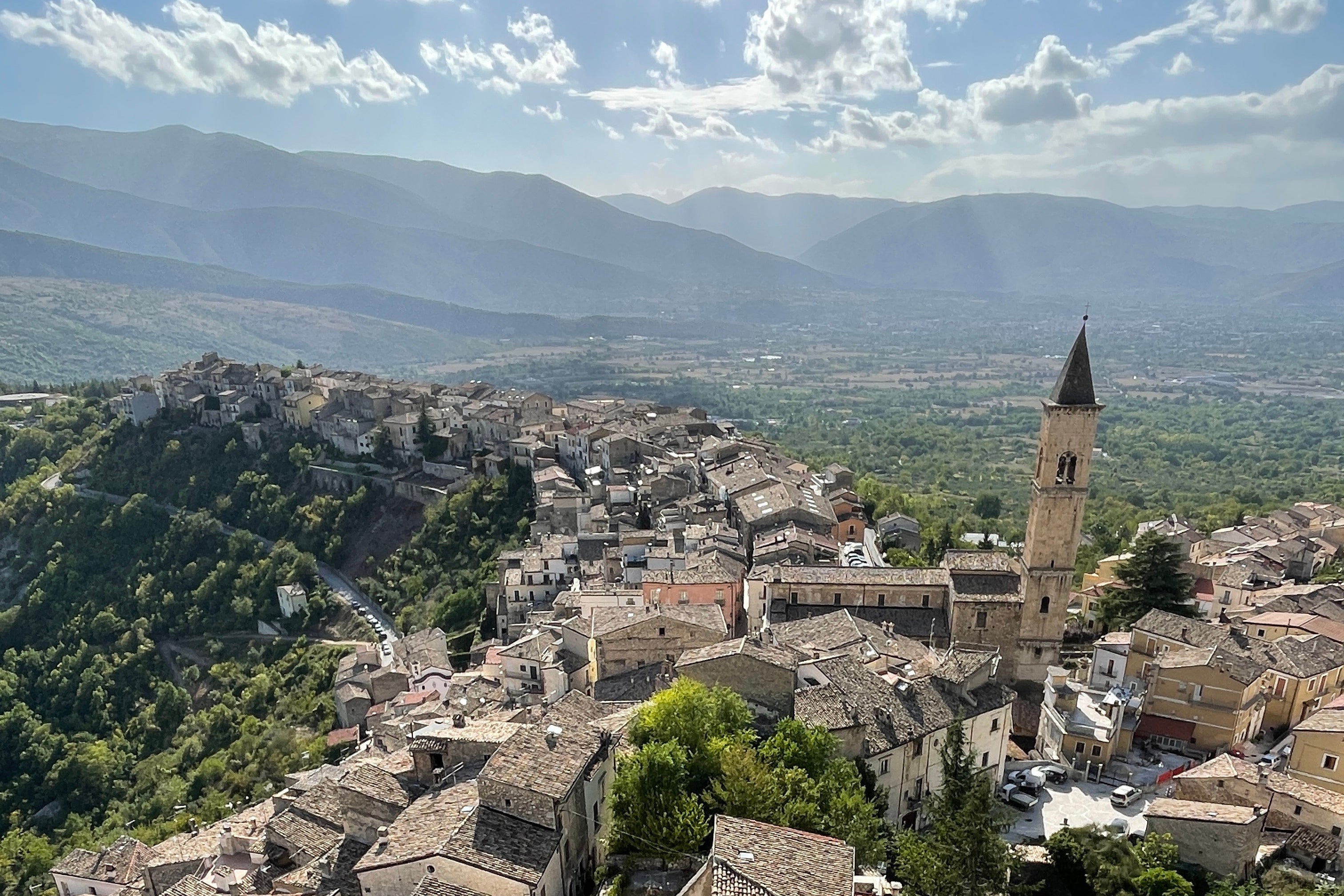
Your support helps us to tell the story
From reproductive rights to climate change to Big Tech, The Independent is on the ground when the story is developing. Whether it's investigating the financials of Elon Musk's pro-Trump PAC or producing our latest documentary, 'The A Word', which shines a light on the American women fighting for reproductive rights, we know how important it is to parse out the facts from the messaging.
At such a critical moment in US history, we need reporters on the ground. Your donation allows us to keep sending journalists to speak to both sides of the story.
The Independent is trusted by Americans across the entire political spectrum. And unlike many other quality news outlets, we choose not to lock Americans out of our reporting and analysis with paywalls. We believe quality journalism should be available to everyone, paid for by those who can afford it.
Your support makes all the difference.Which village is the most beautiful in Italy?
Well, by official count, it’s a 334-way tie for first.
The villages range from the Dolomite mountains of northern Italy to the back roads of Sicily in the Mediterranean, each with the same designation: Most Beautiful. They have been so named by Italy’s Borghi Più Belli (Most Beautiful Villages) association, a group that began 20 years ago with the goal of preserving and promoting its endangered hamlets. At least those that make the cut.
Since arriving in Italy four years ago – and discovering the Borghi Più Belli account on Instagram – I’ve used the list as an occasional compass for my travels, a guide to the country’s hinterlands. And I can confirm: the towns are gorgeous. They are situated, for the most part, far off the tourist trail. They tend to feel like little crumbling time capsules – often arranged around the ruins of a castle, almost always with a good trattoria. Some of the towns, built centuries ago for defensive purposes, are perched so high on hillsides or mountains that they look more like apparitions, and among their wonders is that roads were ever built to reach them.
At this point, I’ve been to dozens of hill towns across Italy, including 20 on the Most Beautiful List, and often I get the impression that their residents are the last courageous holdouts, fighting for something that is already half gone.
No matter how small the village, they host festivals and summer concerts that go late into the night. They offer daily gatherings for cards and aperitivi at the central piazza.
But there are also so many abandoned homes – the result of more than a century of rural depopulation. Who wouldn’t want to live in a storybook medieval town on a hill? But also: How many of us actually could?
So when I found out the Borghi Più Belli association was having its national festival, I had to go. It was held this year in Abbateggio, a village in the Abruzzo region tucked behind Italy’s central mountain range, at the doorstep of a national park.
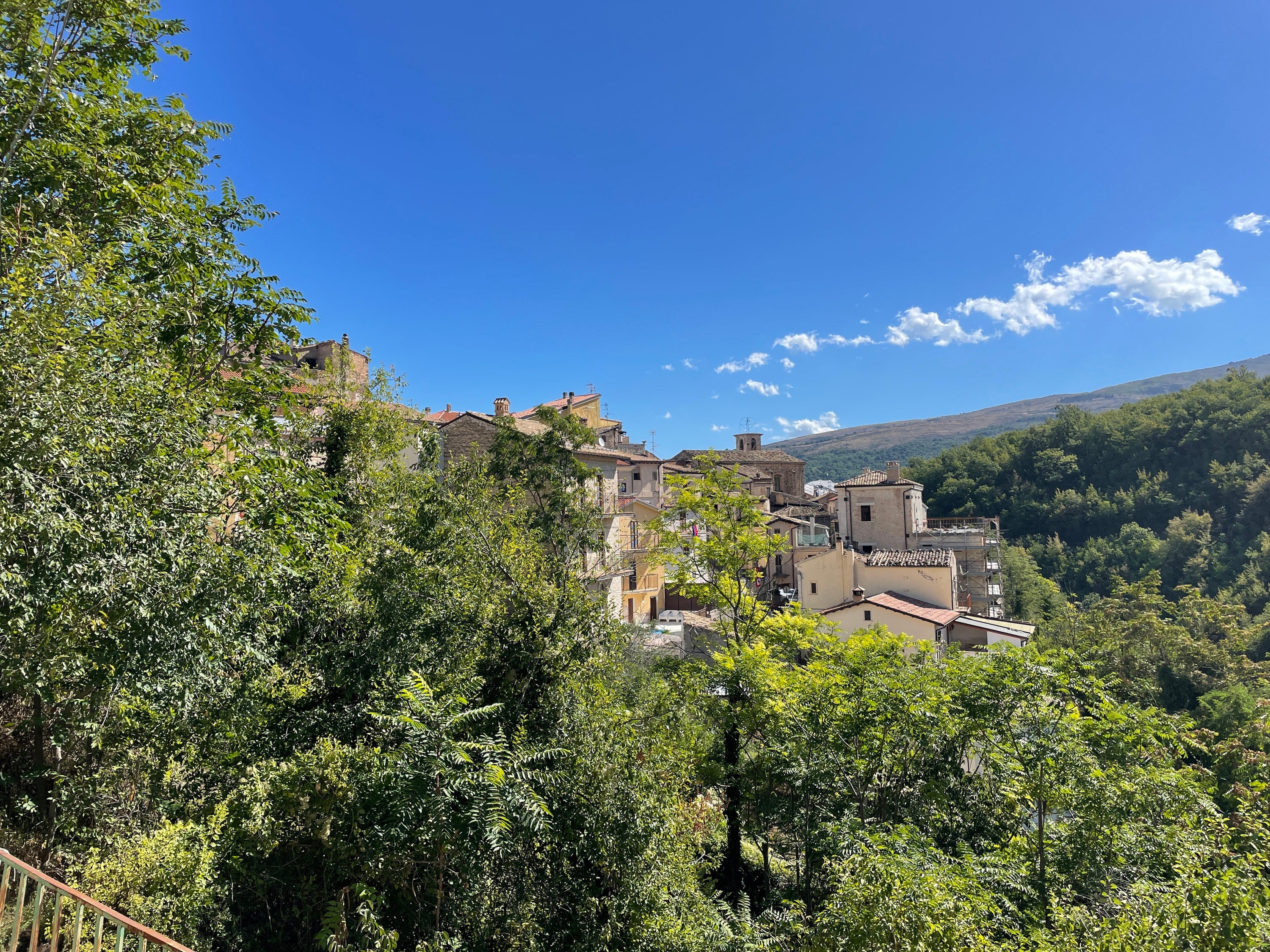
As I got out of the car, the town feels fully alive. Music and laughter echoes off the stone houses. Front doors are swung open, revealing shops selling locally made digestivi, olive oil and local grains; there is even an art gallery. Mayors and visitors from other Most Beautiful villages make the rounds, and an 86-year-old local man sits on a bench playing the accordion, right next to a bottle of chianti, with pours being offered to anybody who stops by.
With excitement, another Abbateggio man, Giacinto De Thomasis, takes me on a tour through the oldest part of the village, cutting this way and that, through little passageways he says he knows from playing hide-and-seek as a child. We come to a narrow stairwell that slices between two homes, and at the end of the stairs, there is nothing but a drop-off and a green panorama – the end of town. De Thomasis points out the fortified exterior of the village.
“This area,” he says, “used to be a castle.”
But whatever it used to be, the houses on either side of the stairwell are now in disrepair. Same with a home across the street, its old wooden door swung half-open, decades of rubble inside. Up and down the street hang “For Sale” signs, and even the properties that look tidy from the outside, De Thomasis says, were nothing more than “shells.”
“No water. No electricity. Unlivable,” he says.
He knows because he’s been looking to buy. And he’s been looking to buy because he hasn’t lived in Abbateggio for decades – having been effectively forced out, at age 19, by a dearth of available jobs. He instead moved to Montreal, where he spent his adulthood and raised his family, all while longing so much for Abbateggio that he’d come back to visit 43 times. His home village, he says, has become quieter over the years. The butcher is gone. Same with the supermarket. Even the art gallery and olive oil stores are just temporary.
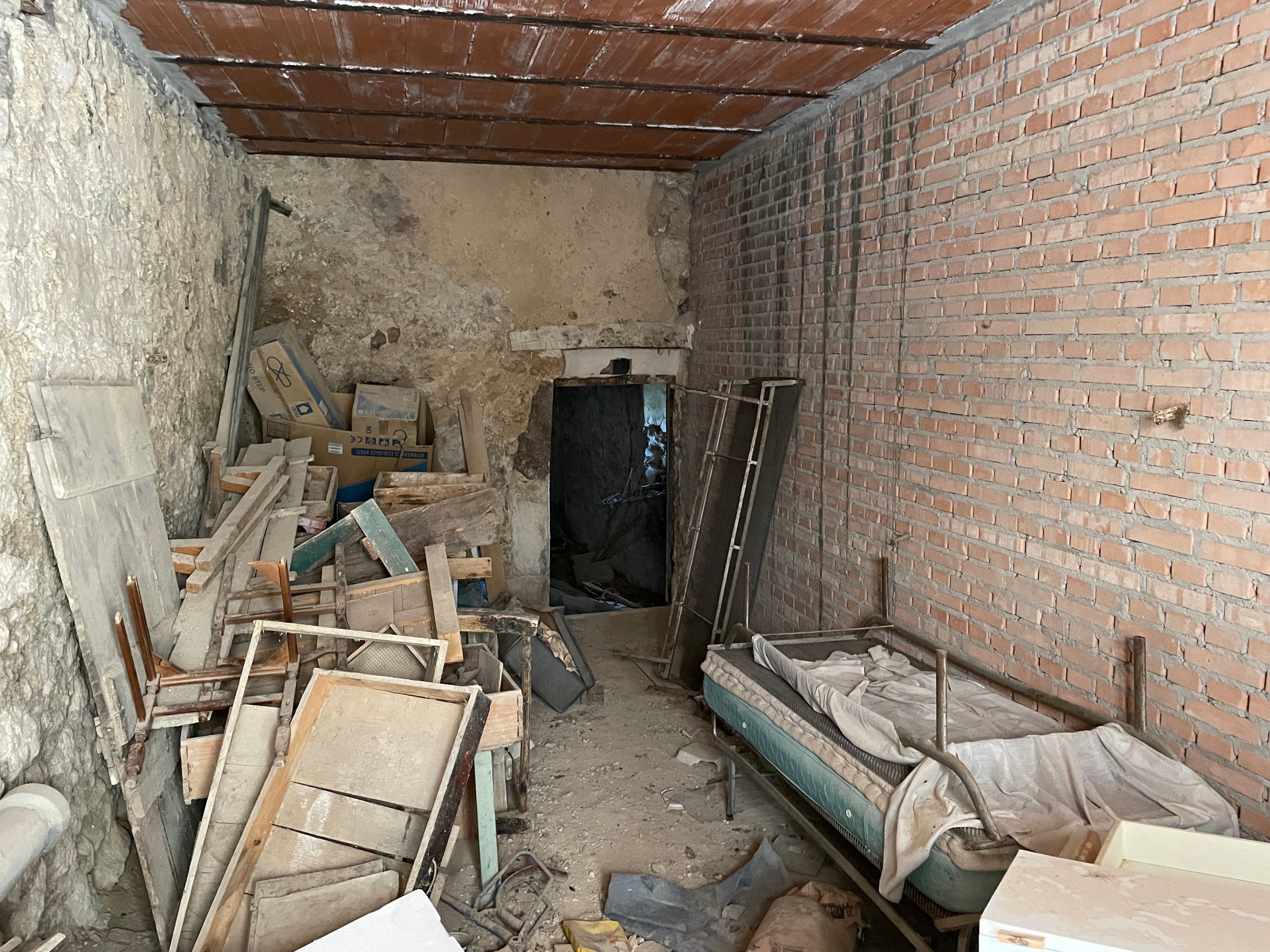
They were set up solely for the festival in otherwise empty buildings.
As sundown nears, much of the town – plus the visitors – gather in a central square, where lights are strung up near a red-carpeted stage. The mayors wear their red, white and green sashes. The local archbishop stands among the VIPs. And then the Borghi Più Belli president, Fiorello Primi, takes to the podium.
What he wants most of all in these villages, he says, is to create a future “where people have a chance.”
Primi hatched the idea for the Borghi Più Belli association when he was the mayor of the Umbrian village of Castiglione del Lago. The idea was to attract tourism. He and other mayors were sick of watching from the sidelines as the attention and resources flowed to Florence, Rome and the Amalfi Coast.
But as they formed committees, drew up a charter and selected the first 54 towns, the idea became more urgent. The towns were losing people. And one thing the group agreed on was that the beauty depended on having a community.
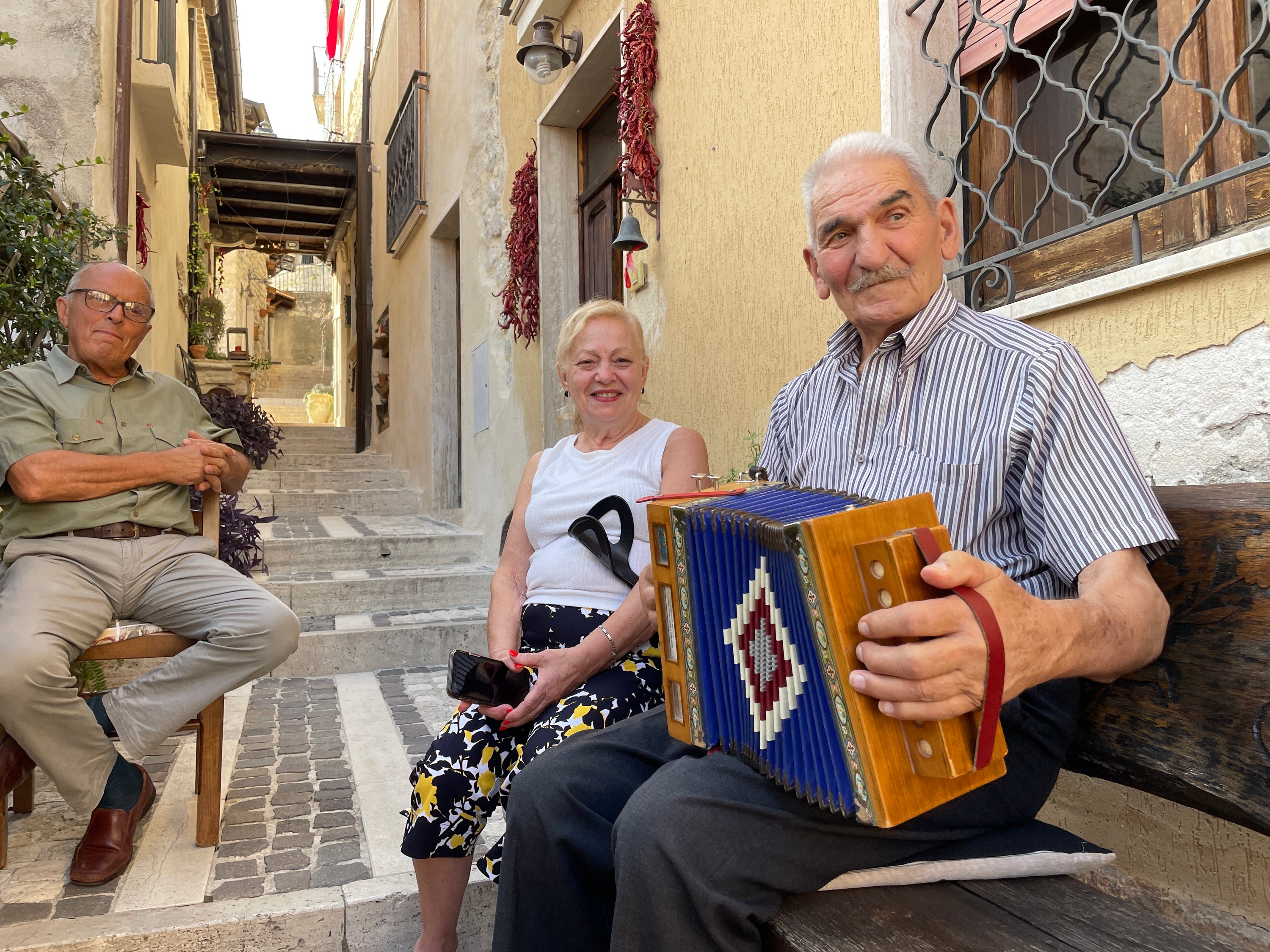
Today, one of the group’s explicit goals is staving off depopulation.
Primi says the efforts are working – to an extent. In an interview over lamb skewers, he says the 334 towns are in a population stall, not a decline. In other words, they are doing better than the average Italian village. But even some of the Most Beautiful towns – particularly in the poorer south – are having trouble. And there are countless other towns that didn’t meet the standards to get recognised and would never get the boost. When towns are designated Most Beautiful, Primi says, property values tend to go up.
So what does it mean to be Most Beautiful? The Borghi Piu Belli association has a technical answer. A town is eligible only if at least 70 per cent of the buildings in its historic centre predate 1939. There must be a “harmony” of roof materials and decorative elements. There are 72 parametres in total, dealing with aspects of community and history, and a scientific technical committee that assesses bids.
In some instances, towns may gain Most Beautiful status provisionally, with the requirement that they make certain changes – such as making their historic centres off-limits to cars, for instance. They’re booted if they don’t follow through. As part of the final assessment of a town’s application, an expert from the association makes a site visit.
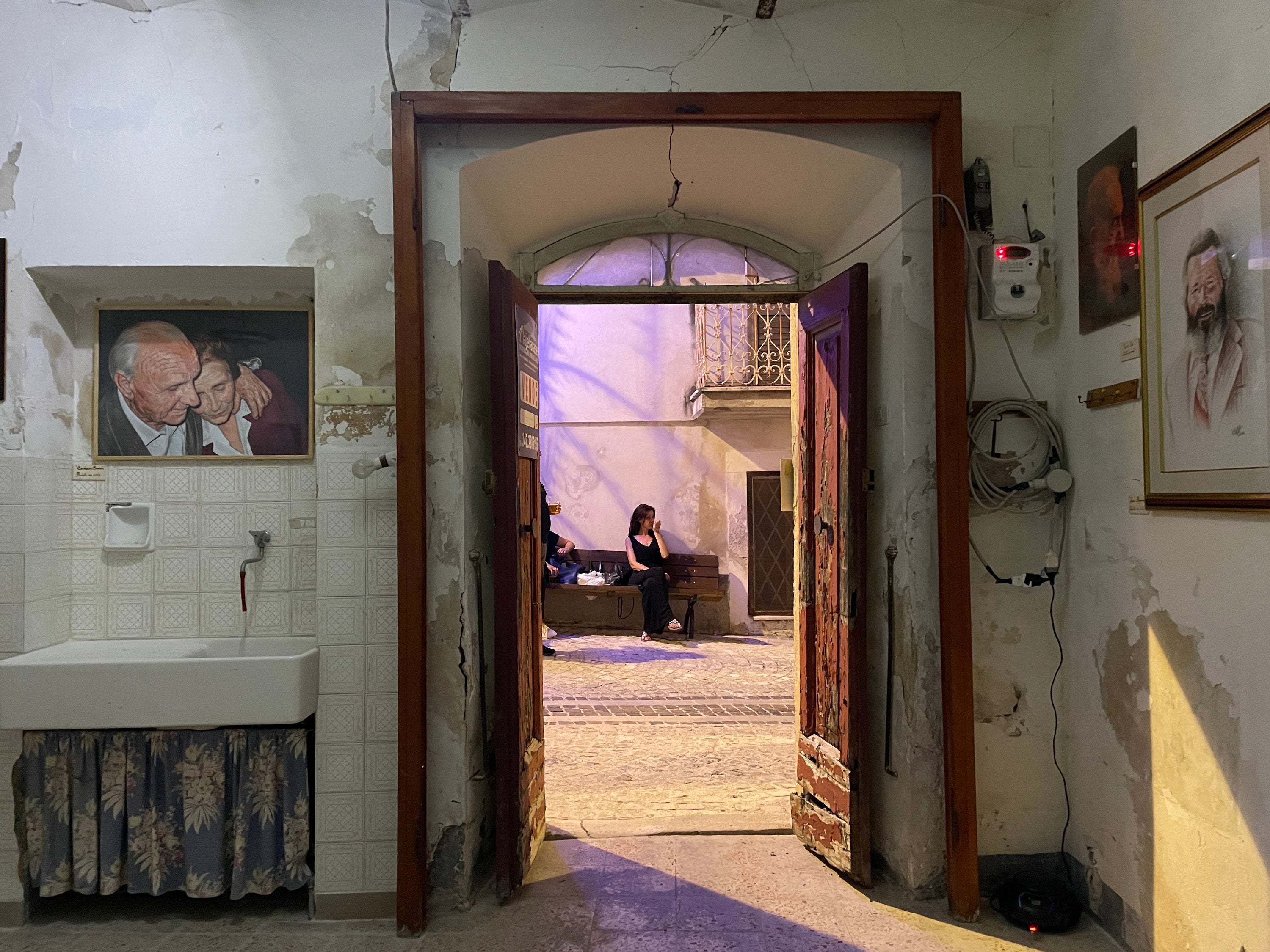
The acceptance rate is about 40 per cent.
There are plenty of towns applying to become number 335.
Italy’s beauty goes that deep.
But there are other ways to understand beauty, too, and later that night, while the association holds a panel talk on bellezza (beauty), I sneak away down the streets of Abbateggio and duck into the olive oil store. A small crowd there is sampling wine and oil drizzled on bread. The man offering the samples caught my attention, because he buzzes with energy, and after I introduce myself as a reporter, his ideas start cascading out – fast enough that I had to pause.
We agreed to meet the next morning.
The night, he says, is just a “sneak preview” of what Abbateggio could become.
The following morning, the crowds are gone. It is as if the stores had never existed. Besides two cyclists passing through, the only activity is at the highest point of the village, the cafe, where I meet back up with Bernardo Lecci, 51, as well as Donato Parete, 53.
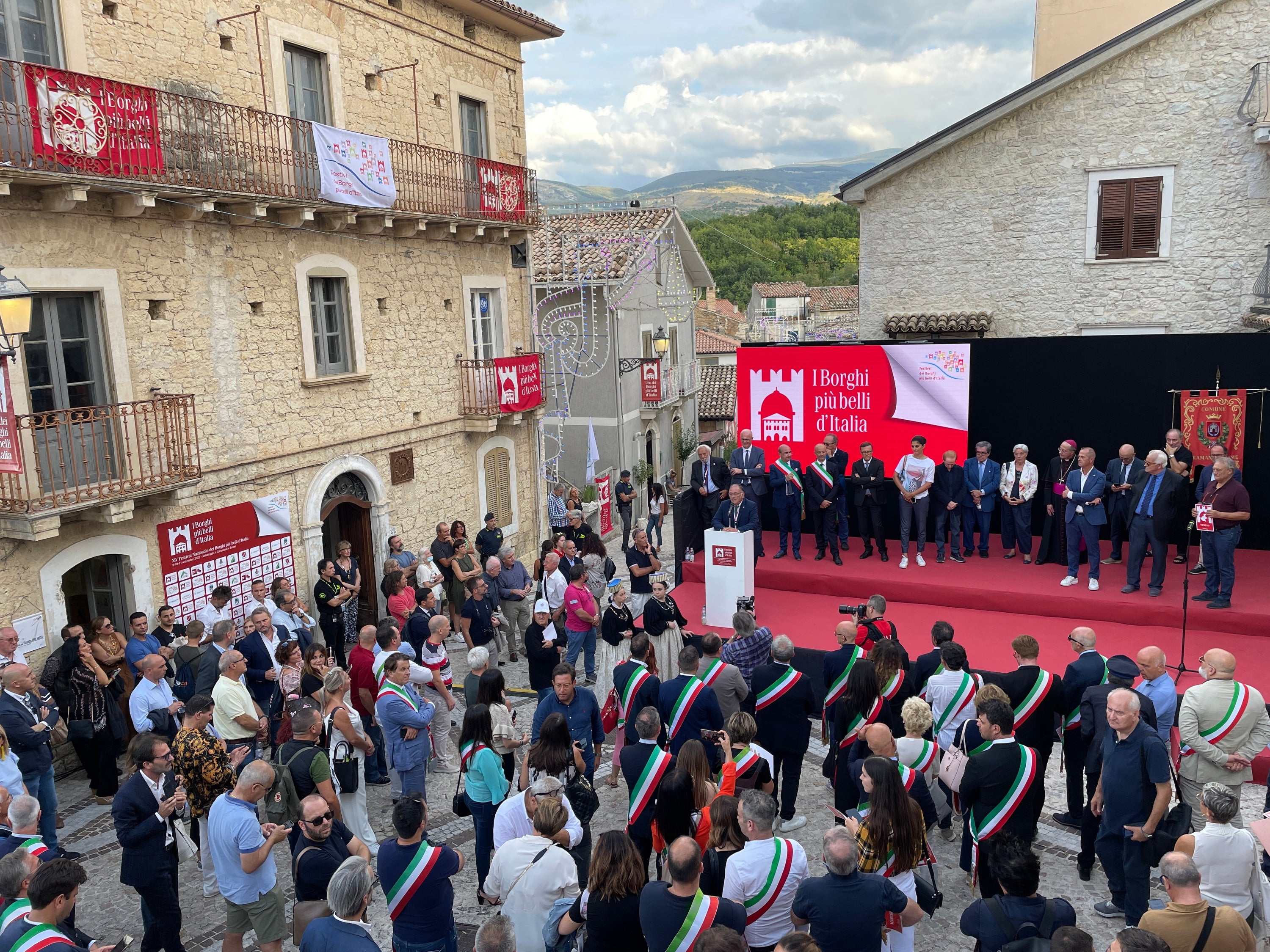
They are a curious duo – Parete, a wealthy Milanese investor in cufflinks; Lecci, a marketer with a rich bob of curly hair, whose main occupation at the moment is advising Parete on how to put his money to use. Lecci had spent much of his career in the elegant northern town of Treviso, working for the fashion brand Benetton. Now he was spending some of his nights on a foldable bed in Abbateggio, and he no longer considered himself a visitor.
They have big plans for the town, they say.
Parete’s father, Ermando, was born in the village. After Ermando died in 2016, and after Parete became a father himself, he started feeling an urgency to connect with his familial past. So, he arrived in Abbateggio and started buying homes – one, two, three . . . 12 in all. He also helped rescue the town cafe, which had closed last year with no plans to reopen.
With Lecci, he started dreaming up other ways to revive the village – ideas that were still mostly conceptual. Maybe, he says, they could recruit university researchers interested in the mountainous environment. Maybe they could attract digital nomads. Maybe they could use some of their properties for a hotel – rooms scattered throughout different buildings in town.
Parete says it would be a “lifetime” project.
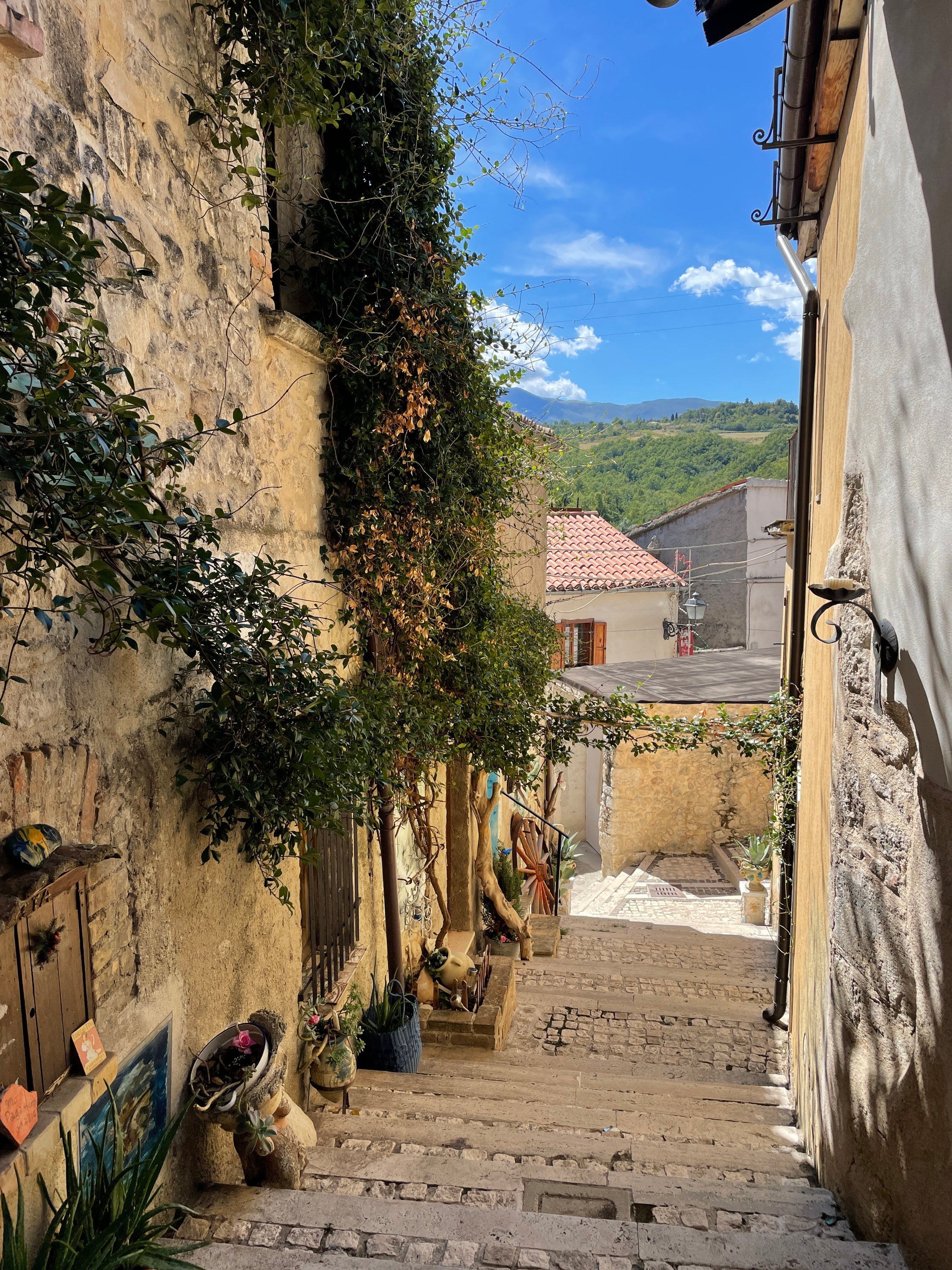
Because right now, Abbateggio doesn’t have much to offer visitors. It doesn’t even have the requisite trattoria.
Lecci takes me on a tour of the 12 properties, and to my eyes, many would require major reclamation work. One was nothing more than a living room, frozen in time from an earlier decade, with a dusty TV console, green bottles, and a little picture of Jesus. Still another – which Lecci says they had their eyes on for purchasing – looks as if it had been abandoned in haste: a suitcase on the floor lays half-open, stuffed with clothing. One side of the home is nothing but a pile of furniture, broken apart like matchsticks.
But I’m the kind of person who would be dissuaded by the work of such projects; Lecci is not. He has already spent months trying to find the best parts of Abbateggio and its surroundings. He enthuses about the local olives and the nearby women who sell him cheese. He says the macellaria 15 miles away is the “Tiffany’s of butchers.” He so enjoys a regional microbrew that he stocked it at the local cafe.
And with the properties, he can see the potential, too.
“With a bit of imagination,” he keeps saying, opening one door after the next.
“I know it’s ugly right now, but . . .”
We wind through a few more narrow streets and come to one final spot on the tour, a courtyard hidden away from the rest of the village. Some of the surrounding windows give glimpses into the cobwebbed husks of empty homes, their exteriors chipping away, revealing yet older stone – layer upon layer of history. But Lecci isn’t thinking about the past. He is thinking of the future, and a courtyard one day full of tables.
Maybe for tea, maybe for coffee.
“For people,” he says.
© The Washington Post




Join our commenting forum
Join thought-provoking conversations, follow other Independent readers and see their replies
Comments